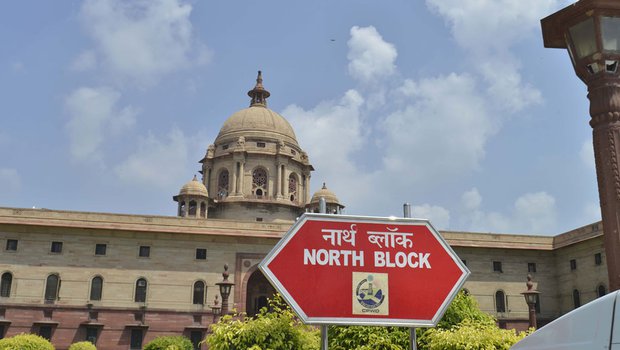The finance ministry has drawn up plans to inject about Rs 90,000 crore into the financial sector, including a Rs 45,000-crore recapitalisation of PSU banks and another Rs 45,000-crore purchase of NBFC assets by the SBI.
Top finance ministry officials said they were taking a call on the plea by bankers at a recent conclave, where they had asked the finance minister to pump in fresh liquidity into banks. The government is likely to issue recapitalisation bonds worth Rs 45,000 crore before the end of this calendar year, may be by January-February next year.
However, financial services secretary Rajiv Kumar on Friday said the government would take a final call on recapitalisation bonds after assessing the second-quarter results of PSU banks.
Other officials said the results would be assessed to see how far the banks had been able to use an earlier tranche of capital infusion before deciding on the break-up of the fresh one.
The government has already pumped Rs 20,000 crore into PSU banks this year as part of its plan to recapitalise them by Rs 65,000 crore.
“A large chunk of the fresh liquidity will go to the 11 banks which are under the prompt corrective action which has placed limits on the deposits they can take,” officials said. However, money would be paid to all the 21 PSU banks, the officials added.
The news of the infusion of liquidity is expected to calm down the markets and reduce panic in the financial sector. The cash injection is part of a Rs 2.11-lakh crore recapitalisation move, spread over several years, including issuance of bonds worth Rs 1,45,000 crore over two years.
North Block officials said the State Bank of India had also informed them that it could buy up to Rs 30,000-45,000 crore worth of assets from NBFCs which had been going through troubled times ever since the crisis at IL&FS erupted.
Course of corrective action
The government on Friday said it was not in favour of diluting prompt corrective action rules but would like them to be aligned to international norms. Kumar said the government was not calling for the “easing of PCA norms but rather alignment of these norms with global best practices.”











